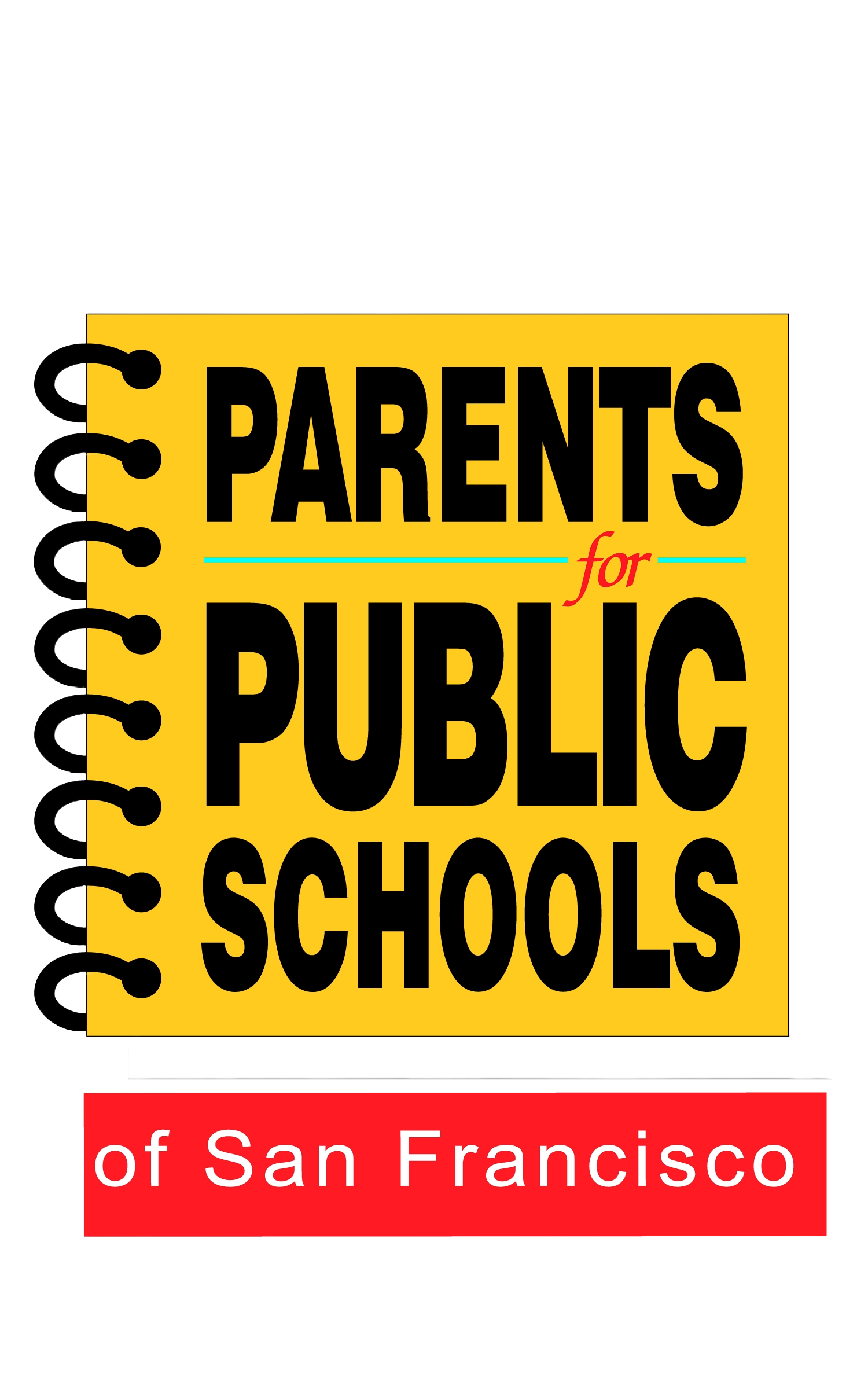Enrolling Twins in the SFUSD
Parents of twins, triplets, or other multiples often have questions about how to secure a placement for their children in an SFUSD school and how to maximize the chances that they will be placed together in a school that they prefer.
There are two application strategies for families with twins, triplets, or multiples, described in detail below. Either strategy can be followed for any round of the enrollment process, and parents can change their strategy from round to round. This article uses twins as an example, but the same strategies can be used when there are triplets or multiples.
Note that twins, triplets, and multiples give each other the sibling ‘tie-breaker’ no matter who is technically older. In other cases, only an older sibling gives the tie-breaker to a younger sibling.
Strategy 1: Link the Applications
Link the twins’ applications, so that the priority is to place the children together in the same school.
Positive: The children will be placed in the same school.
Negative: It may be difficult to secure two or more seats in a preferred school, so the children may be placed together in a school that is not preferred.
To link the twins’ applications, answer Yes to the question “Do you wish to have your twins, triplets or multiples placed in the same school?” On each application, list the same school choices in the same order, and enter the other twin’s information into the older sibling fields.
The twins’ applications are initially processed individually. When one twin is selected for a requested school, the system checks to see if there is another seat available at the school for the other twin. It assigns them to the school highest on their list that has openings for both at the point that they are processed. If none of the requested schools can accommodate them both, then the system assigns them to the closest school to their home with two openings available.
Strategy 2: Do Not Link the Applications
Do not link the twins’ applications in the first round, so that the priority is to place each child in a school as high as possible on your list of requested schools. If the children are not placed together, then use the sibling tie-breaker in subsequent rounds to get the other child placed in the preferred school with the twin.
Positive: There is an increased chance that one of the children will be placed in a preferred school. The other twin will have the sibling tie-breaker to the preferred school in all subsequent rounds.
Negative: There is a risk that a second seat will not open up in the preferred school and that the children will end up in different schools.
To not link the twins’ applications, answer No or N/A to the question “Do you wish to have your twins, triplets or multiples placed in the same school?” Enter the other twin’s information into the older sibling fields.
The twins’ applications are processed individually. Each child is placed at the school highest on their list for which they are selected during the assignment process. If a child is unable to be placed in a school on their list, then the system assigns the child to the closest school to their home that has an opening.
Next Steps After Initial Placement
If the twins are assigned to different schools, then register both children at their assigned schools. In the next round, submit an application for the child who was assigned to the less preferred school. Answer Yes to the question “Do you wish to have your twins, triplets or multiples placed in the same school?” and Yes to the question “Does an older sibling living at the same address attend one of your choice schools?” Fill out the older sibling’s information with the details for the child who was assigned to the preferred school.
If the twins are assigned to the same school, but you want to try to get them into a school you prefer more, register both children at the assigned school. Submit applications in the next round for both twins, and use the strategy of linking their applications. You will then only be offered another placement if the school can accommodate both children.
For more information, read the SFUSD Frequently Asked Questions about Twins and Multiples.

